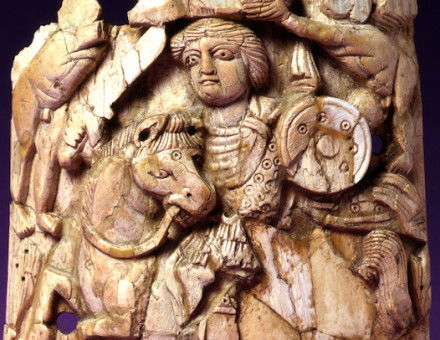The first metropolis?
Excavations at Catalhoyuk, Turkey
For the next few years, the eyes of archaeologists and art historians all over the world will be turned towards what is being heralded as 'the dig of the millennium' currently underway in Turkey.
Catalhoyuk, near Konya in southern Turkey, is the oldest urban centre ever to have been discovered, being 9,000 years old. When it was first unearthed in the 1960s, it was recognised as a site of unique international significance because of the advanced level of its civilisation and the artistic achievements of the 10,000 people who lived there.
Now, using modern scientific techniques, an international team of archaeologists hopes to solve some of the mysteries surrounding the identity and provenance of the creators of a city which could have been the origin of Anatolian civilisation.
The name Catalhoyuk, means 'forked mound', and that is literally what you see-as you make your way towards what is the largest neolithic site in the Near Fast. It rises up in twin mounds from the middle of the Konya plain, some 3,000 feet above sea level in fertile-wheat lands watered by the Carsamba (Jay river flowing down from the Taurus Mountains.





